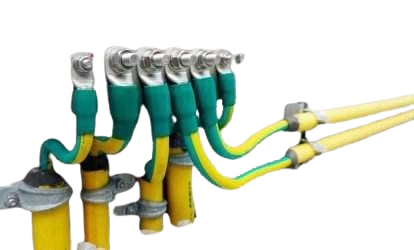Earthing, or grounding, connects electrical systems
to the earth to prevent electric shocks and
equipment damage. It provides a safe path for fault
currents, ensuring excess electricity dissipates into
the ground. This safety measure protects people,
appliances, and structures from electrical hazards.



Head Office
Factory & Branch Office